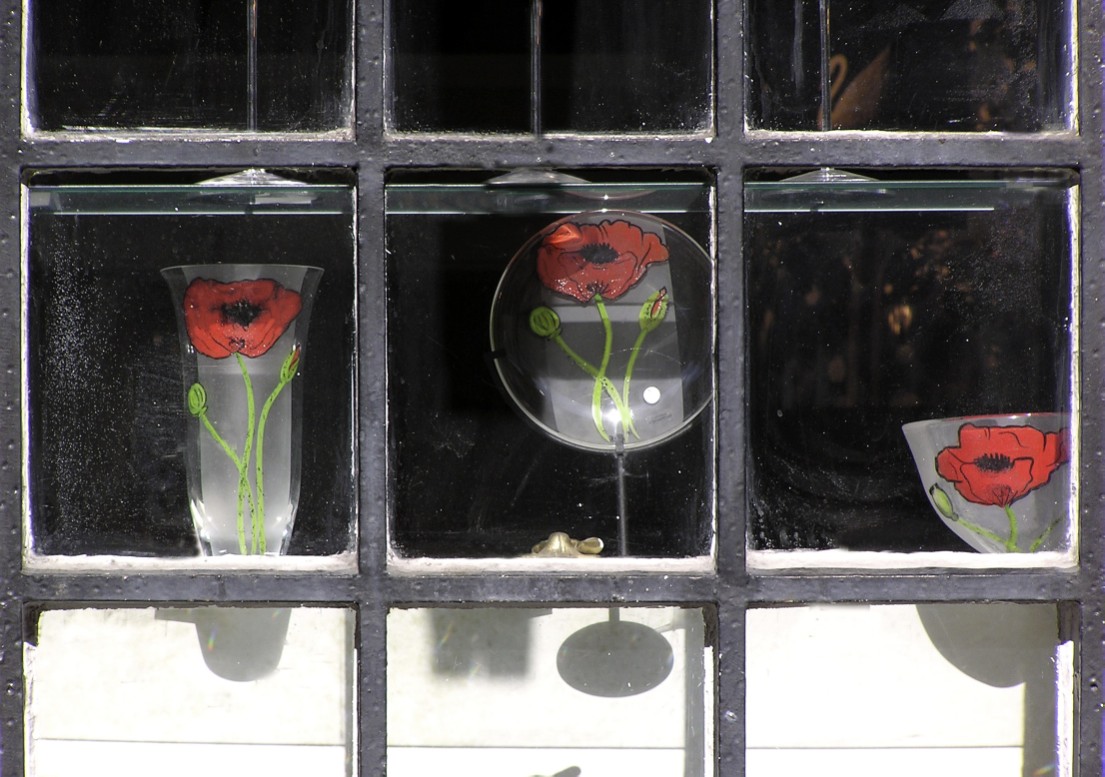
What are the settings in which we find ourselves and to what extent do we readily get our interpersonal needs met in these settings? This is the fundamental question with regard to Q1: External Pane (Reactive Stance). The fundamental question for Q1: Internal (Proactive Stance) concerns the settings in which I am comfortable in expressing my needs. For example, I might look for a personal growth workshop in which openness is reinforced or a setting where the role of committee chair is systematically rotated and I know I will be given a chance (at least occasionally) to meet my control needs.
From a reactive (Q1: E) perspective, I might look instead for settings in which I can be assured that many other people will be looking after my interpersonal needs. For instance, on an Ocean Cruise there are likely to be many introductory activities that maximize the opportunity for everyone to feel included. Similarly, in a very romantic setting (complete with flowers, violins and a nice bottle of wine) I’m likely to find that my companion will be open and asking for me to be open and expressive.
Given this interplay between interpersonal needs and the two Quad One panes, lets now look briefly at each of Schutz’s three needs as they play out in Quad One. I will relate each of the three needs back to the stages of development I described in one of my first essays.
Inclusion
During this first stage of interpersonal or group development, primary concern is directed toward issues of inclusion. We are assessing the Quad One of the other person or other group members to determine whether or not we want to participate in this relationship or be included in this group. During this first stage of development, we are likely to be particularly interested in the management (internal control) of our Quadrant One. We want to be sure that the image we wish to impart when meeting another person or other group members is clearly conveyed. We don’t want anything slipping out from our third or fourth quadrants. This concern about image management increases in magnitude in proportion to one’s desire to be included in the relationship or group. Thus, to the extent that we positively assess the Quad One of the other person or other group members, we are likely to devote increasing time to the management of our own Quad One.






